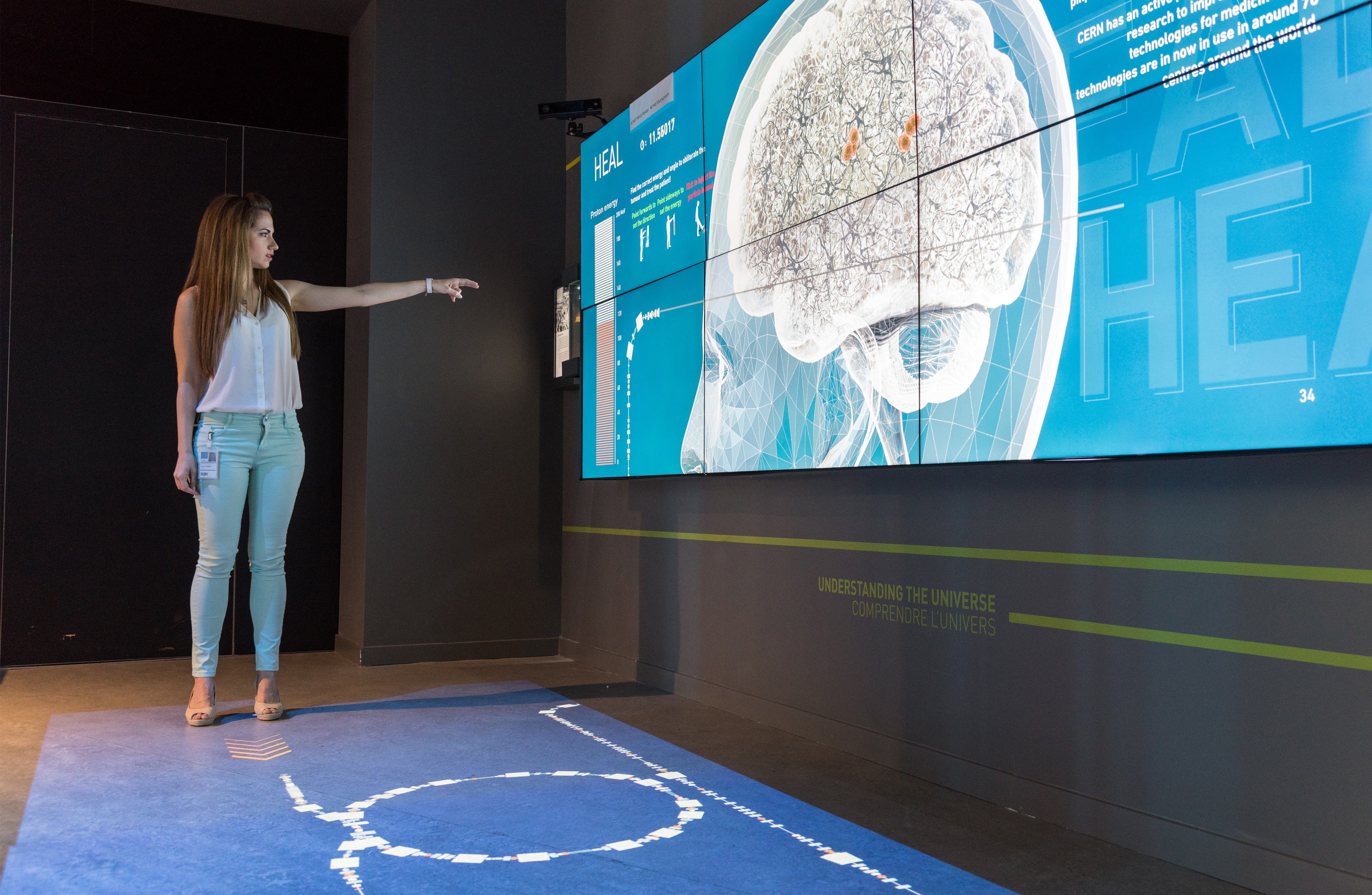Nano-Games for Cultural Venues: the HEAL game
DOI:
https://doi.org/10.17083/ijsg.v7i2.344Keywords:
digital games, nano-games, CERN, HEALAbstract
Many are the times when visitors leave an exhibition without a clue about its message. In an effort to eliminate this phenomenon, museums, institutes and organisations (MIOs) adopt more attractive, engaging and fun content to provide a high quality and fast learning experience. Games seem to be an interesting suggestion to this approach but they are time consuming. To this end, we introduce nano-games. We define nano-games as short, easy to master, self–contained games of a single level of difficulty, having basic and direct rules that stay unaltered throughout the play and challenge players with clearly defined goals reachable within tens of seconds of gameplay. This approach has been adopted and evaluated in the premises of European Center for Nuclear Research (CERN).

Downloads
Published
Issue
Section
License
Copyright (c) 2020 Jenny Rompa, Georgios Lepouras, Angeliki Antoniou, Joao Pequenão

This work is licensed under a Creative Commons Attribution-NonCommercial-NoDerivatives 4.0 International License.
IJSG copyright information is provided here.